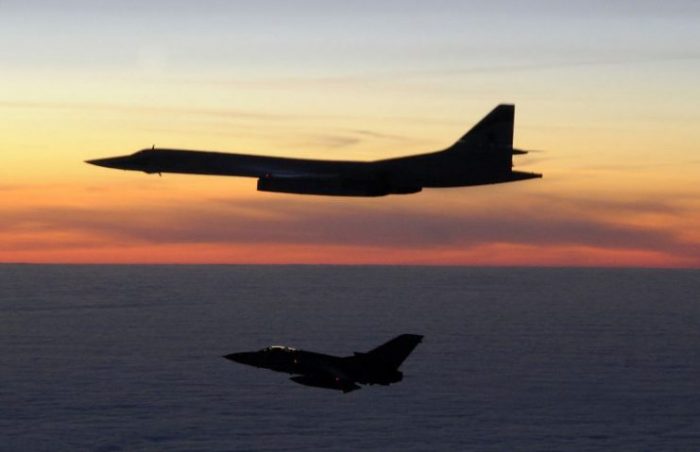Striking photographs of the Soviet Bomber Fleet
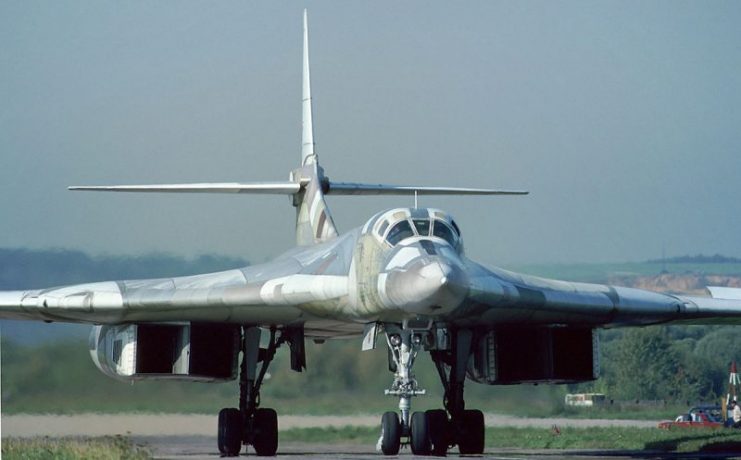
The Soviet Union has, like all military superpowers, made full use of their air power to ensure the safety of the nation. In a manner similar to that of the US or any European power, their air force has been used for strategic, photographic, rescue, and military action. This is a short photo essay of some of the more well-known members of the Soviet Bomber fleet.
The Soviet long-range bomber aircraft evolved from reverse-engineering the B-29 strategic bomber flown by the United States Air Force. The Soviet Union did not rely purely on these copies, however, and soon many unique designs found their way into the air fleet. By the late 1950s and early 1960s, the Soviets maintained a powerful fleet of strategic bombers carrying nuclear arms and powered by turboprop engines. Supporting this formidable fleet of bombers were swift and versatile fighters,
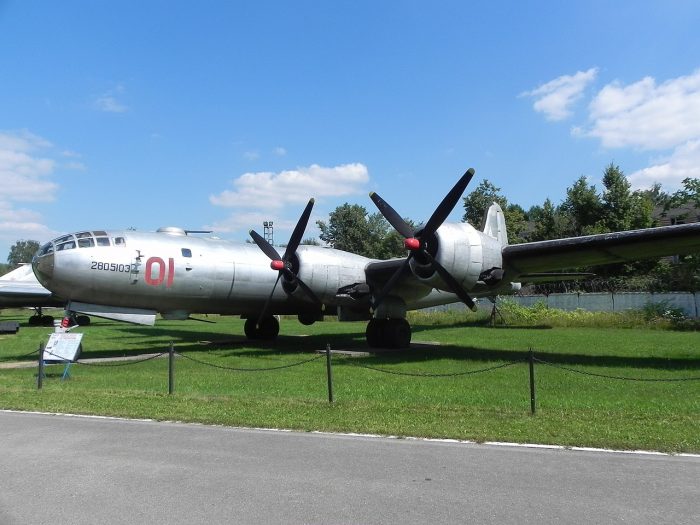
The Badger, Blinder, and Bear bomber aircraft from the Tupolev Design Bureau formed a significant spine for the USSR’s Strategic Bomber Force. This Strategic Bomber Force was supported by relatively few air-to-air refuelling aircraft and did not undertake substantial patrols. The Soviets, instead, relied upon maintaining strategic staging bases in the Arctic to allow for refuelling and to fly their bombers into action, if required.
In the years between 1950 to 1980, the bomber best known in the USSR was the Tu-16 Badger, the Tu-22M Backfire, the Tu-22 Blinder, the Tu-160 Blackjack, and the Tu-95 Bear.
Tupolev Tu-16 Badger
The jet-powered Tu-16 Badger was a high-speed bomber that was built to replace the old propeller-driven Tu-4 bombers. It was explicitly designed to undertake rapid strike missions in areas close to the Soviet Union.
The area that received the most focus during the development of this aircraft was its speed. This was required to ensure that it survived against the ever-increasing pace of the fighters it may face in combat. Without this additional speed, it would be unlikely that it would survive in a one-on-one fight.

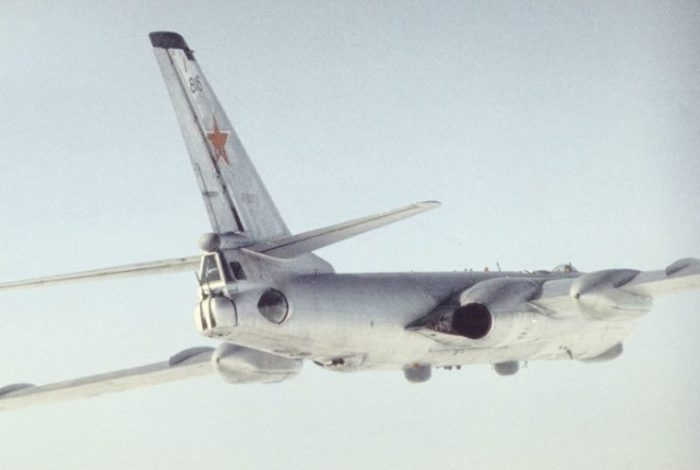
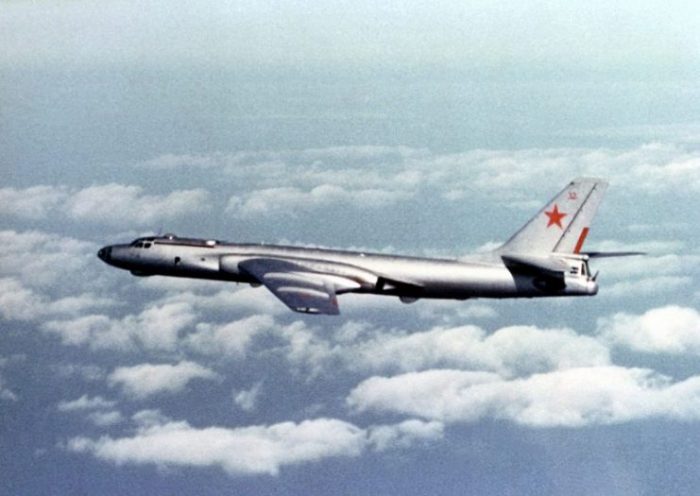
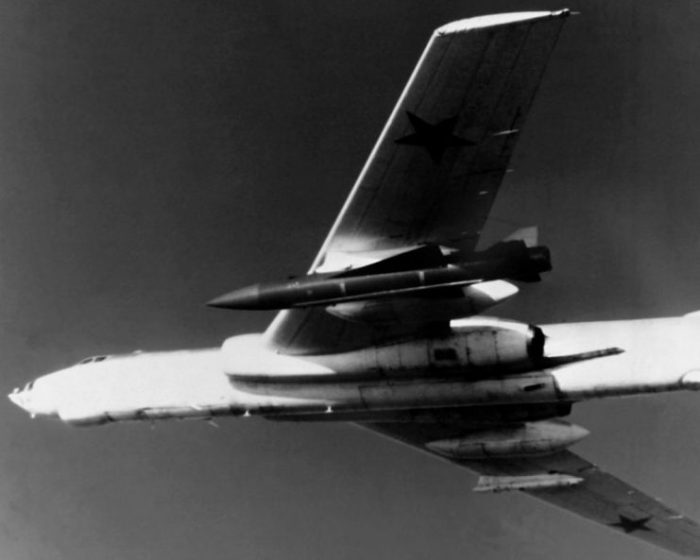
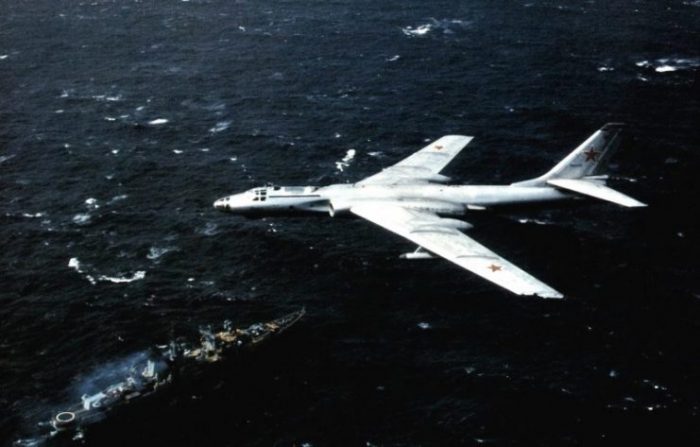
Tupolev Tu-22 Blinder
In the 1950s, the Tu-16 could no longer compete against the West’sWest’s new interceptor aircraft and the advanced missile systems in everyday use by the West. To combat this, the Tu-22 Blinder came off the drawing board.
This aircraft was designed explicitly as a high-speed, high-altitude bomber to penetrate enemy airspace.
One derivative, the Blinder C, was designed for maritime reconnaissance and was fitted with cameras and sensors in its weapons bays.
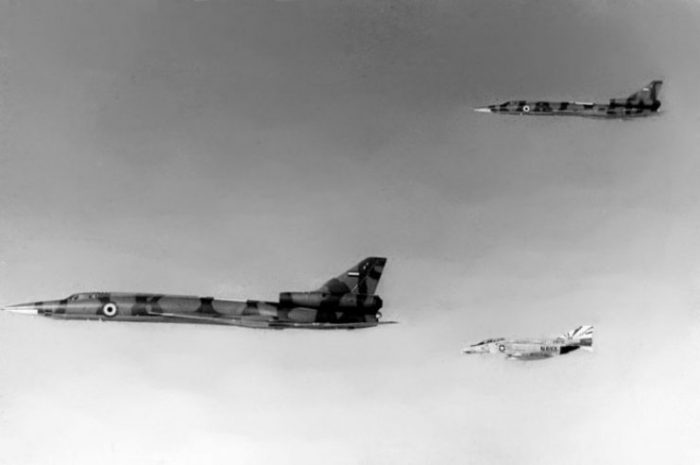
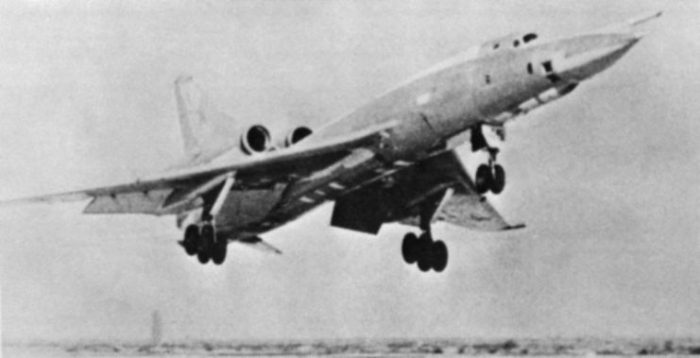
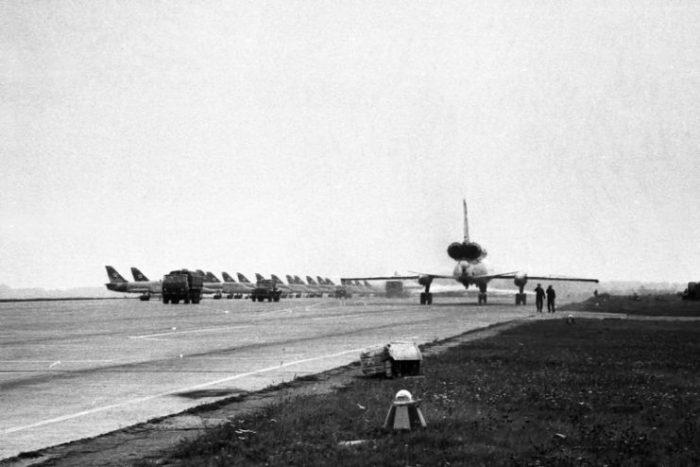
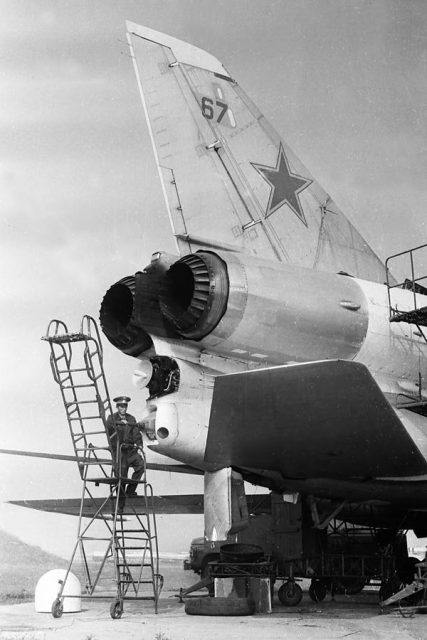
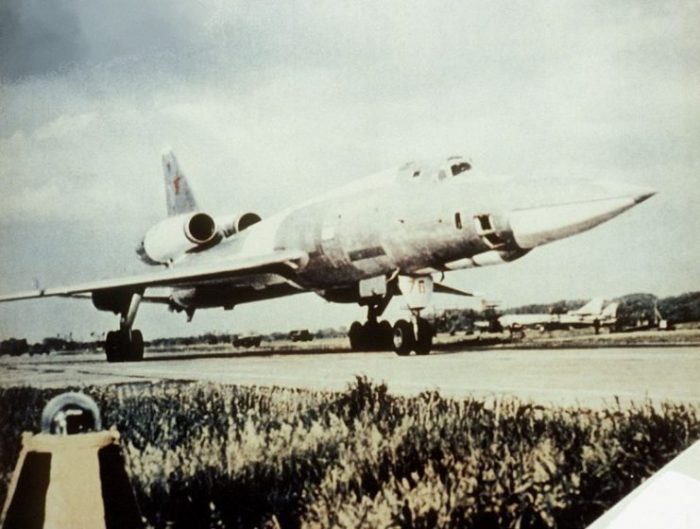
Tupolev Tu-95 Bear H
One of the most successful bomber designs to come off the Tupolev Design Bureau’s drawing-boards was the Tu-95 Bear H that was rolled out in the 1950s. This long-range heavy bomber saw service in a multitude of combat roles, and in the 1980s, it was the only turboprop engine plane in the USSR arsenal.
This plane design was so successful that in long endurance flights, its speed could be favourably compared to many turbojet-powered heavy bombers.

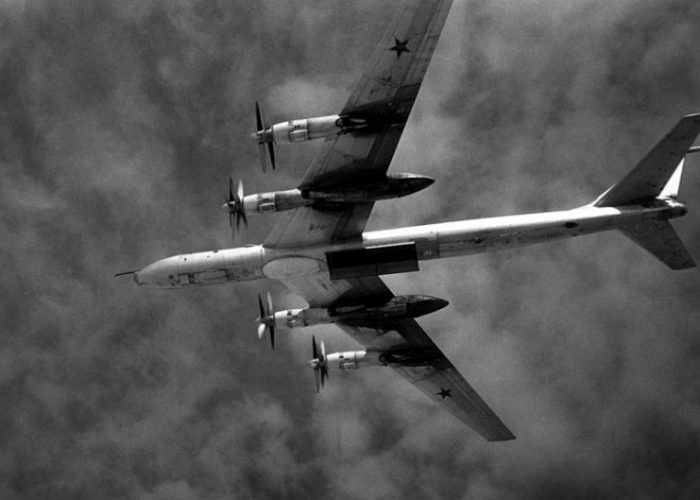
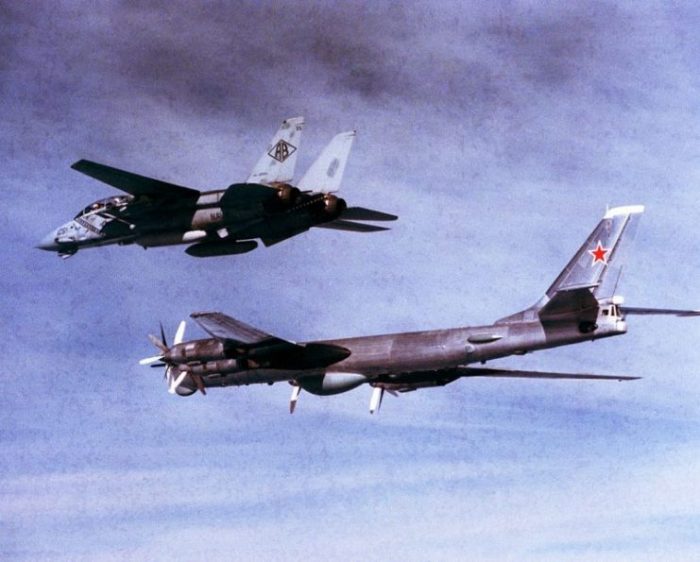
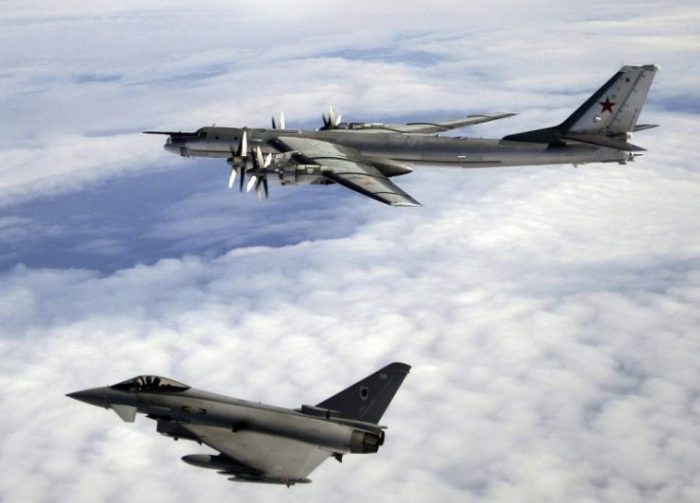
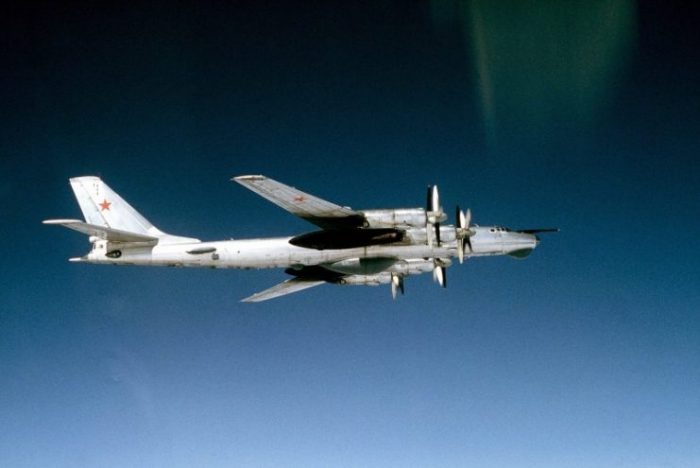
Tupolev Tu-22M Backfire
The Tu-22 Backfire Bomber was designed in the 1960s as a long-range bomber. Its design allowed it to be used in nuclear strike missions, marine attack missions, conventional bombing missions, and reconnaissance missions. This aircraft’s design gave it low-level penetration capability, which ensured that it survived better than the previous Russian bombers.
The Tu-22 was intended to attack in Western and Eastern Europe, and it was a multi-purpose bomber capable of carrying both air-to-surface missiles and conventional bombs.
Though designed for European conflict, this bomber could undertake intercontinental missions, should the need arise, and to this end, it was equipped with refueling probes. This meant that it could be refuelled in the air, increasing its range and overall capability.
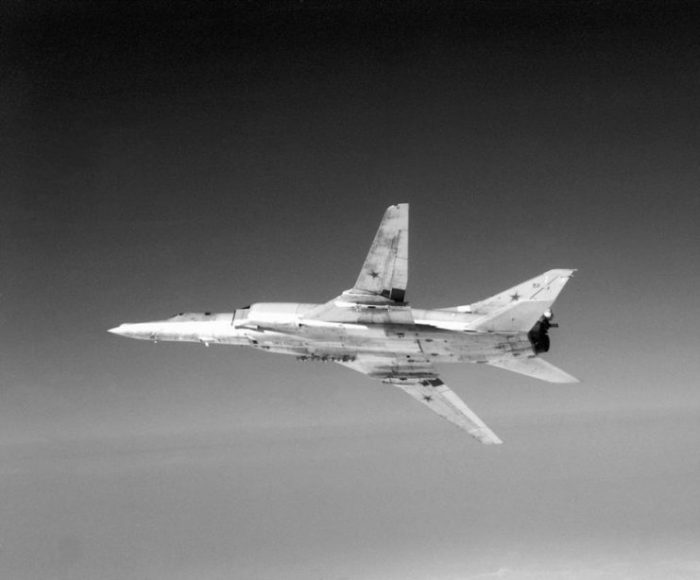
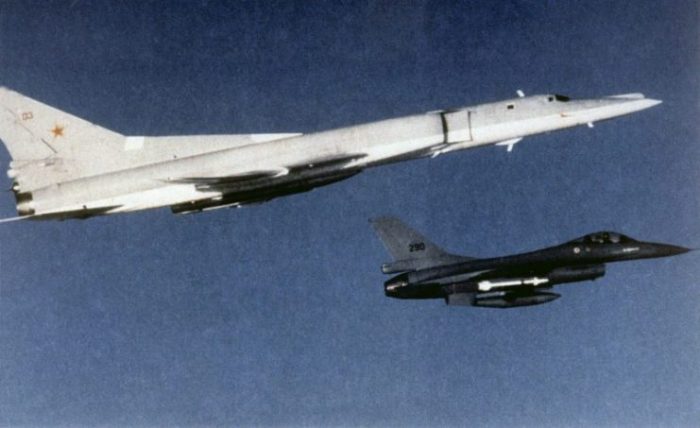

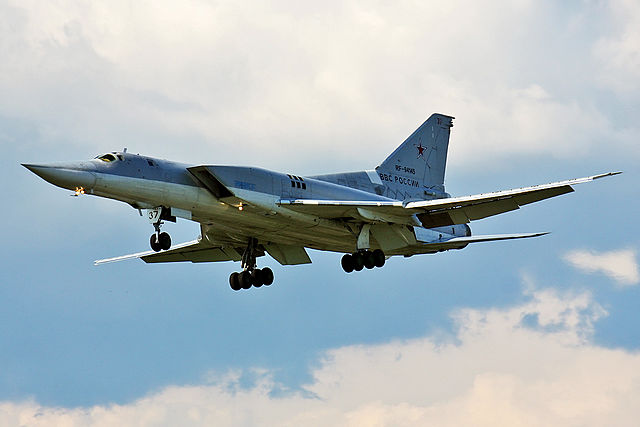
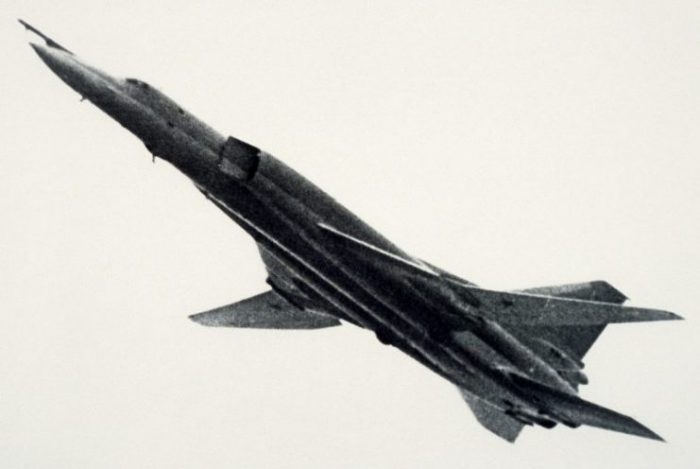
Tupolev Tu-160 Blackjack
This multi-mission strategic bomber was designed and built in the 1980s. The design permitted operations where speeds would vary from low-altitude sub-sonic missions to high-altitude supersonic speed missions.
The aircraft has two weapons bays that could hold an array of weapons. These depended on the plane’s mission but could include short-range guided missiles, nuclear bombs, cruise missiles, and conventional bombs.
The plane’s primary armaments consisted of strategic cruise missiles and short-range guided missiles that gave it the capability of delivering nuclear warheads to pre-loaded co-ordinates.
This bomber is still flown today, and the Russian Air Force has plans to equip these planes with computerized high-precision weapons and plasma stealth technology. These will give the aircraft the capability of flying missions against mobile and tactical targets anywhere in the world.


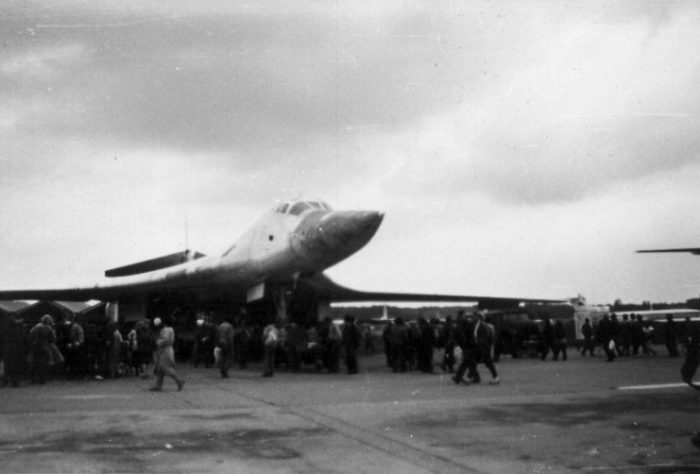
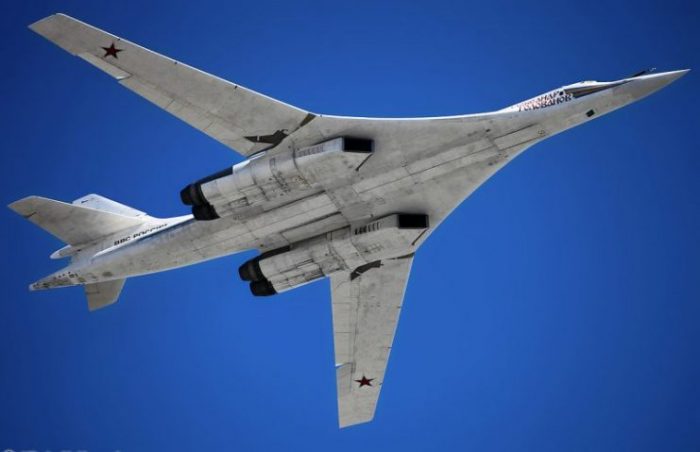
Another Article From Us: P-51 Mustang Involved in Near-Miss With Another Airplane in UK
